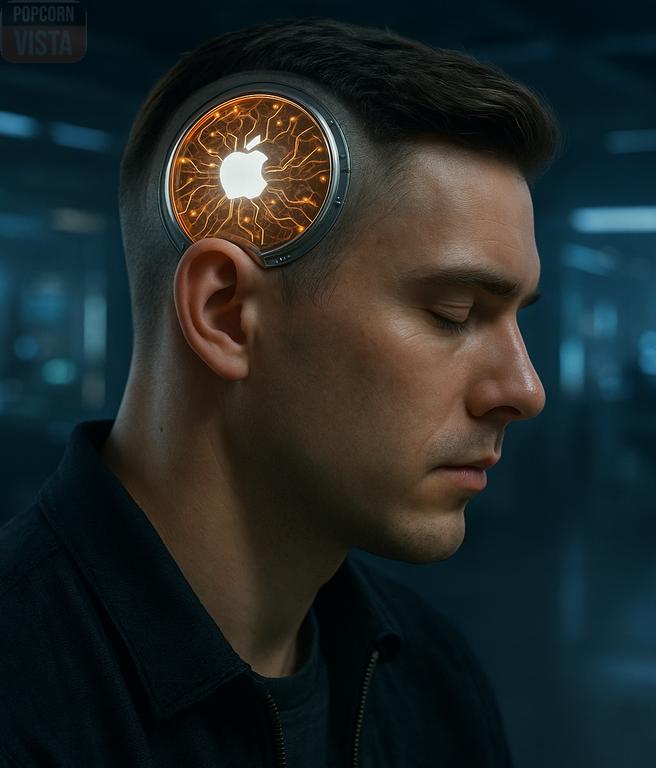Apple unveils groundbreaking brain-computer interface (BCI) technology, also called as brain-implant tech. Specifically, it allows device control through brain signals. Consequently, this eliminates the need for touch. Moreover, it redefines user interaction.
Collaboration with Synchron
Apple partners with Synchron, a neurotech innovator. Accordingly, Synchron’s Stentrode implant captures neural signals. Furthermore, it integrates with iOS and visionOS. Thus, users control devices using thoughts.
How Stentrode Works
The Stentrode is a minimally invasive implant. Specifically, it sits in a brain vein. Moreover, its 16 electrodes detect signals. Consequently, thoughts translate into device commands.
Revolutionizing Accessibility
This brain-implant tech empowers people with disabilities. For example, ALS patients can navigate iPhones. Additionally, it aids paralysis cases. Thus, it enhances inclusivity significantly.
Real-Life Impact
Users like Mark, with ALS, control devices. However, the system is slower than touch. Nevertheless, it offers independence. Moreover, it bypasses physical limitations.
Synchron vs. Neuralink
Synchron’s Stentrode is less invasive than Neuralink’s implant. Specifically, Neuralink uses over 1,000 electrodes. Consequently, it’s faster but riskier. However, Stentrode prioritizes safety.
Safety Advantage
Stentrode avoids open-brain surgery. Moreover, its endovascular placement is scalable. However, it captures less data. Thus, both approaches have trade-offs.
Apple’s BCI Standard for 2025
Apple will launch a BCI standard in 2025. Specifically, it upgrades Switch Control for neural inputs. Consequently, developers can create compatible apps. Moreover, it supports other BCIs.
Developer Potential
This standard sparks innovation. For instance, thought-based apps could emerge. Additionally, it integrates with accessibility tools. Thus, it fosters inclusive technology.
Challenges to Overcome
BCI tech faces obstacles. For example, Stentrode’s speed is limited. Additionally, regulatory approval is pending. Moreover, ethical concerns arise. Thus, Apple must strategize carefully.
Ethical Questions
Data privacy is a major issue. Moreover, long-term implant safety is uncertain. Consequently, Apple needs robust safeguards. Additionally, public trust is essential.
Competing in the BCI Race
Apple rivals Neuralink and others. For instance, Neuralink offers faster control. However, Apple’s ecosystem is unmatched. Thus, the BCI market is competitive.
Market Growth
The BCI sector is booming. Specifically, accessibility drives demand. Moreover, applications span gaming and VR. Consequently, Apple’s timing is strategic.
Future of Touchless Interaction
Apple’s BCI could reshape technology use. If refined, it may extend to more devices. Additionally, approval could boost adoption. Thus, 2025 is a turning point.
Broader Possibilities
Thought control could transform industries. Moreover, it enhances VR and gaming. Consequently, Apple may lead innovation. Additionally, accessibility will improve.
Conclusion
Apple brain-implant tech is revolutionary. By removing touch, it empowers users. However, speed and ethics pose challenges. Nevertheless, Apple’s vision is promising. Ultimately, it could redefine how we interact.

